On Tuesday 5th November academics from Bournemouth University welcomed 70 students from local schools to participate in a first of many outreach days showcasing sport and exercise provision at the university. After a competitive process, Bournemouth University was recently awarded Outreach Hub status by the British Association for Sport and Exercise Sciences (BASES), the professional body for sport and exercise sciences in the UK. As a hub BU are responsible for running outreach events for local schools to promote and inspire students to study Sport and Exercise Science with Bournemouth University being an excellent place to do so.
The day began with a captivating introduction from Dr Emma Mosley, lead of the outreach project, who highlighted the expansive field of sport and exercise sciences. She illustrated the wide range of opportunities—from community health engagement to high-performance sports—that this field offers. This was followed by a keynote presentation from Dr Emma Kavanagh, a BASES Fellow, who shared her journey to becoming an HCPC-registered Sport and Exercise Psychologist. Dr Kavanagh also discussed her experiences of working with teams at major events like the Olympic, Paralympic, and Commonwealth Games. This session showcased the role of psychology in sport and the many pathways for psychologists to engage with individuals, teams and organisations in this dynamic field.
Dr Emma Mosley explained that, “The opportunity to become a BASES hub has been a fantastic springboard to promote the excellent provision of sport and exercise science we have here at Bournemouth University to local schools”
Our visitors joining us from Poole Grammar School and LeAF Academy then were introduced to nutrition, physiology, biomechanics, psychology and coaching through interactive practical sessions showcasing the university laboratory facilities and staff who are passionate about the subjects they teach.
Students got to critically evaluate the contents of sports drinks and produce their own optimally balanced version in our Nutrition laboratory delivered by the fantastic nutrition team Dr Paul Fairbairn and Dr Sarah Hillier. In the Human Performance Laboratory students took part in jump height measurement using force plates with Dr Louise Burgess, analysed their expired gas with Dr Rebecca Neal and had the opportunity to learn about reaction time and eye tracking with Dr Emma Mosley. Andy Boland completed the practical sessions with a dynamic coaching session exploring different types of practice for skill learning.
Callum Burt, teacher of PE from Poole Grammar School said “I know our students took a lot from the sessions and went away both highly engaged and motivated from the workshops delivered by the staff. We look forward to coming back next year!”
In the final session of the day students focused on the competitive element of the day, the BASES National School Poster Competition. During this time students planned an academic poster on a topic of their choice from across the day, some examples included “How do eye tracking glasses work” and “Why is muscle asymmetry problematic for athletes”. Students are due to submit their posters back to the outreach hub by the 20th of December and the team will choose a winner. The Bournemouth University winner will be entered into the BASES National School Poster Competition, where all the outreach hubs in the UK submit their posters to and BASES judge the final winner. The national winning poster entry receives a funded visit of a local sport star or coach to their school.
This outreach day was an incredible opportunity to engage with young people with a passion for sport and allow them to learn about the variety of roles across the sport sector while showcasing the sports provision here at BU.
We have undergraduate courses in for more information please look on our course pages.
BSc Sport and Exercise Science
BSc Sports Therapy
BSc Physiotherapy
BSc Nutrition
BSc Sport Coaching
BSc Sport Management
Thank you to all the team involved in the day (Dr Emma Mosley, Dr Emma Kavanagh, Dr Chole Casey, Dr Sarah Hillier, Dr Paul Fairbairn, Dr Becky Neal, Dr Louise Burgess, Emily Phillips and the school liaison team).
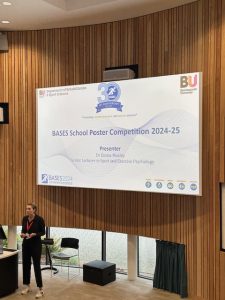

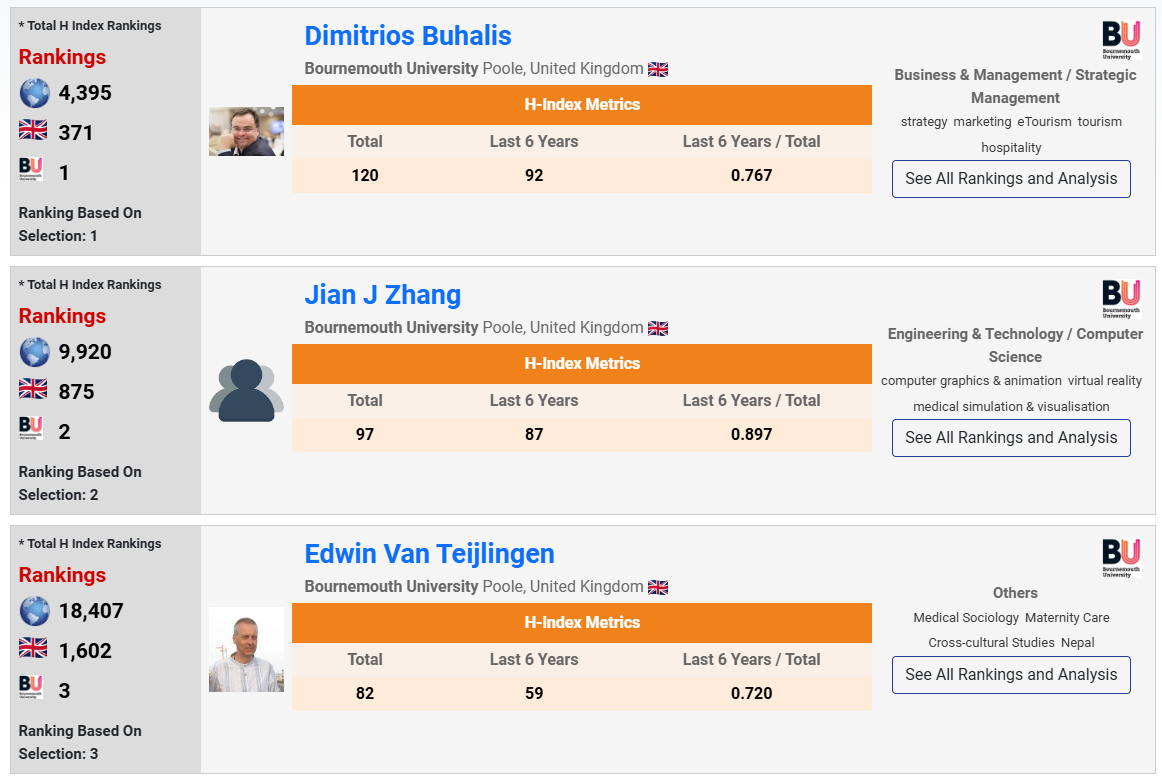
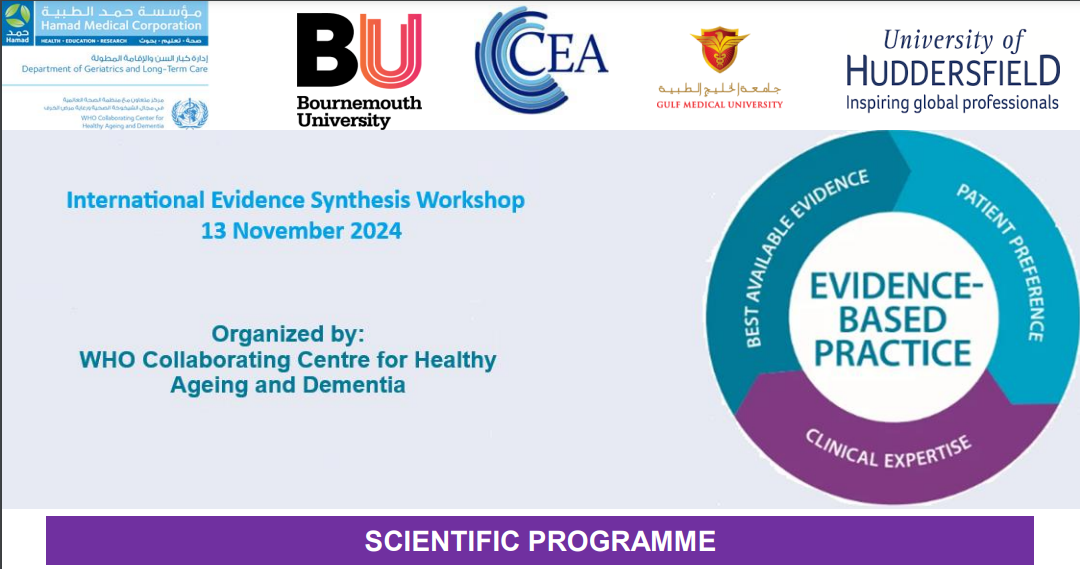
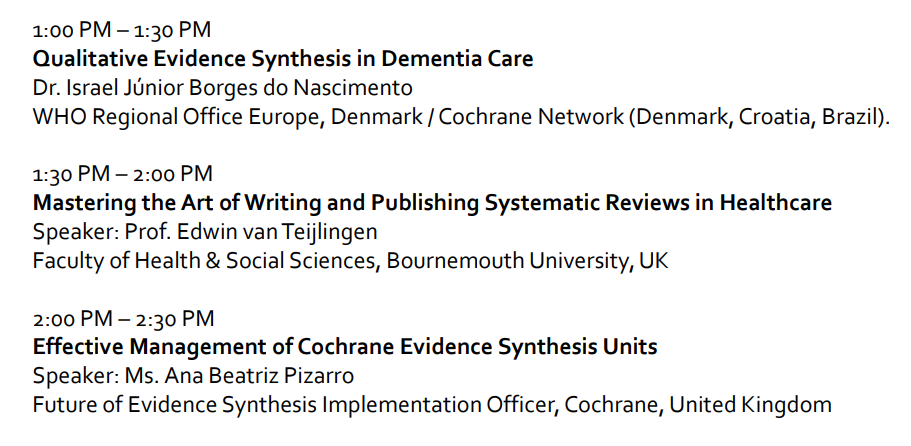
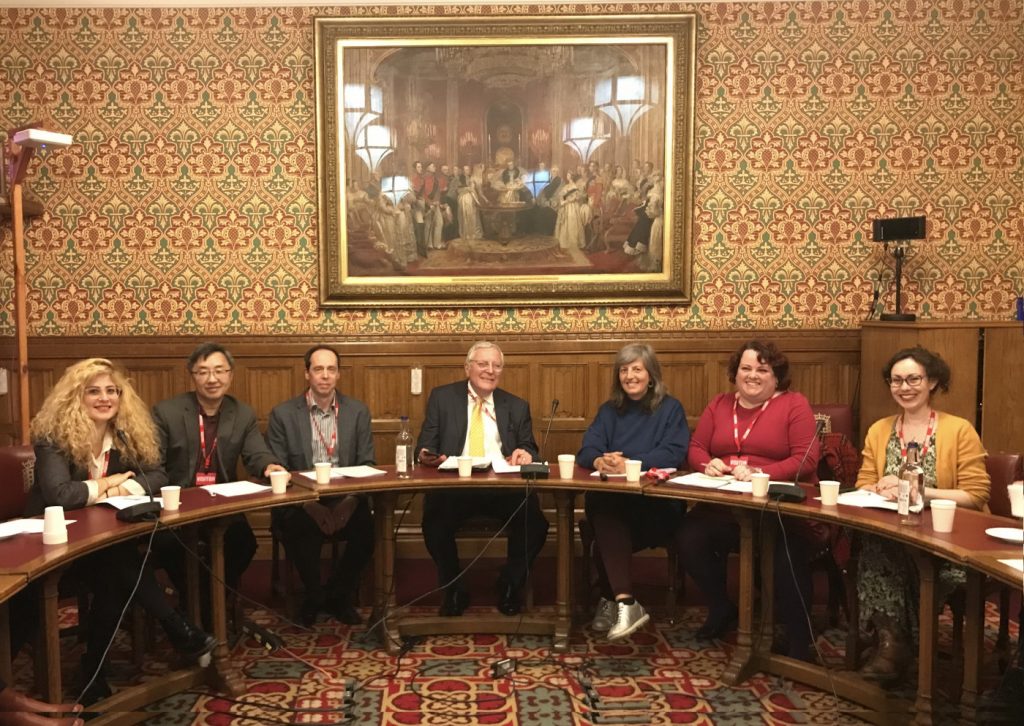
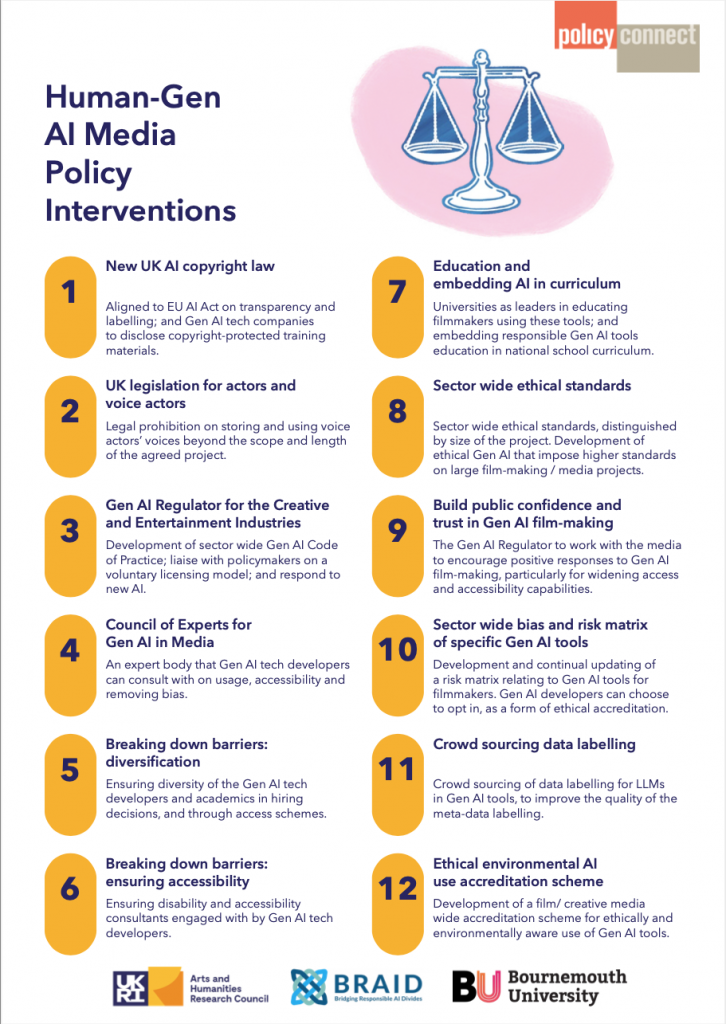

 The ESRC invites applications for postdoctoral fellowships (PDF) to be based at the SWDTP institutions of University of Bath, University of Bristol, University of Exeter, Plymouth University, University of West of England, Bath Spa University, Bournemouth University and Plymouth Marjon University.
The ESRC invites applications for postdoctoral fellowships (PDF) to be based at the SWDTP institutions of University of Bath, University of Bristol, University of Exeter, Plymouth University, University of West of England, Bath Spa University, Bournemouth University and Plymouth Marjon University.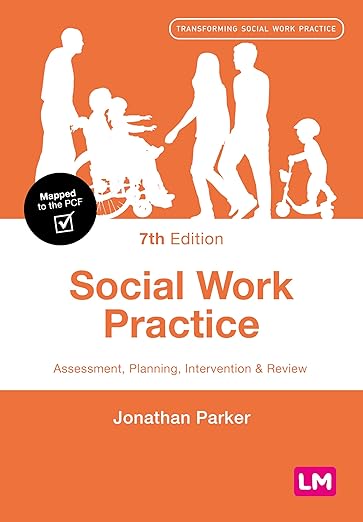
 This year, thanks to your valuable contributions, we appear to have successfully captured an increased number of events in comparison to previous years.
This year, thanks to your valuable contributions, we appear to have successfully captured an increased number of events in comparison to previous years.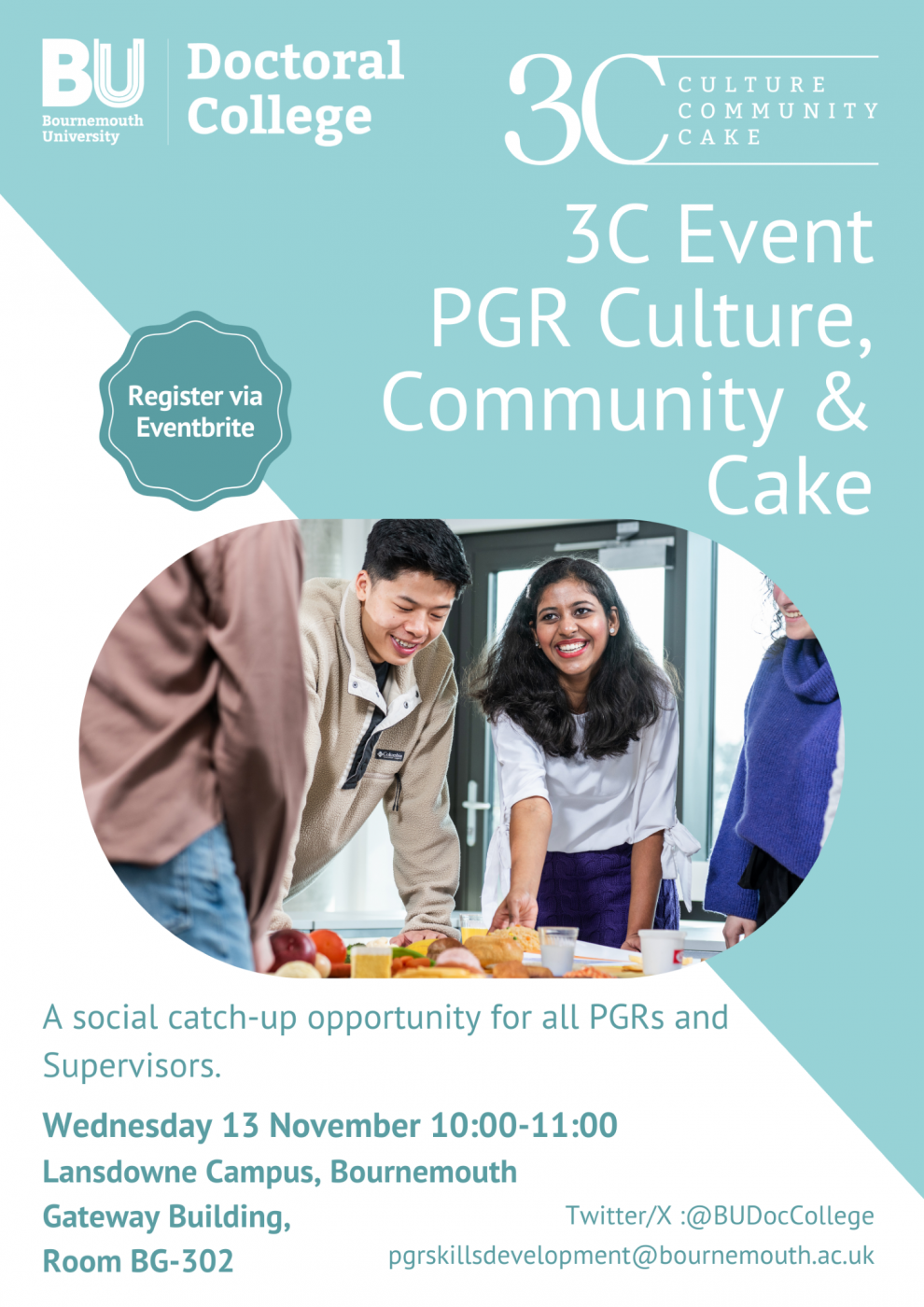


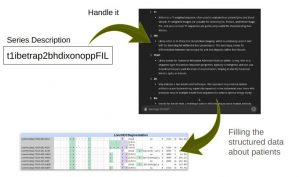
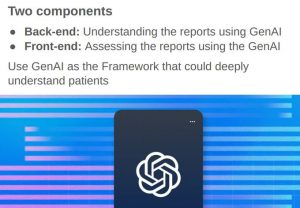


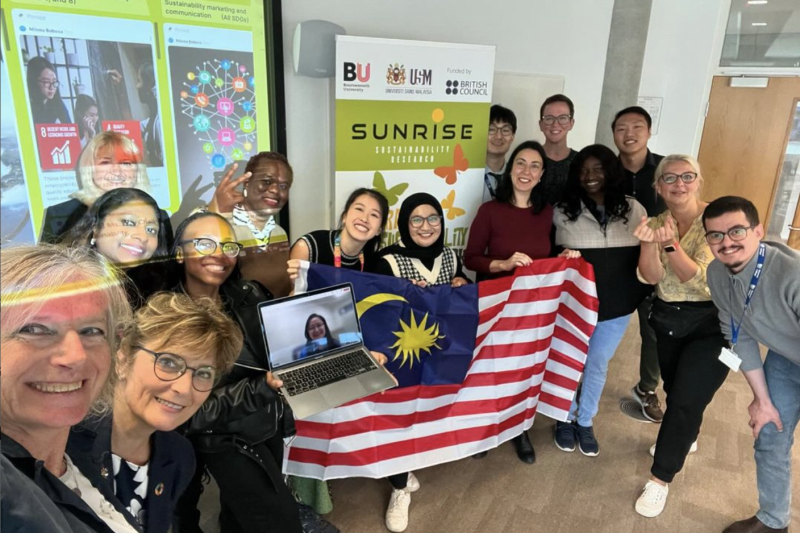 Some of the SUNRISE project team
Some of the SUNRISE project team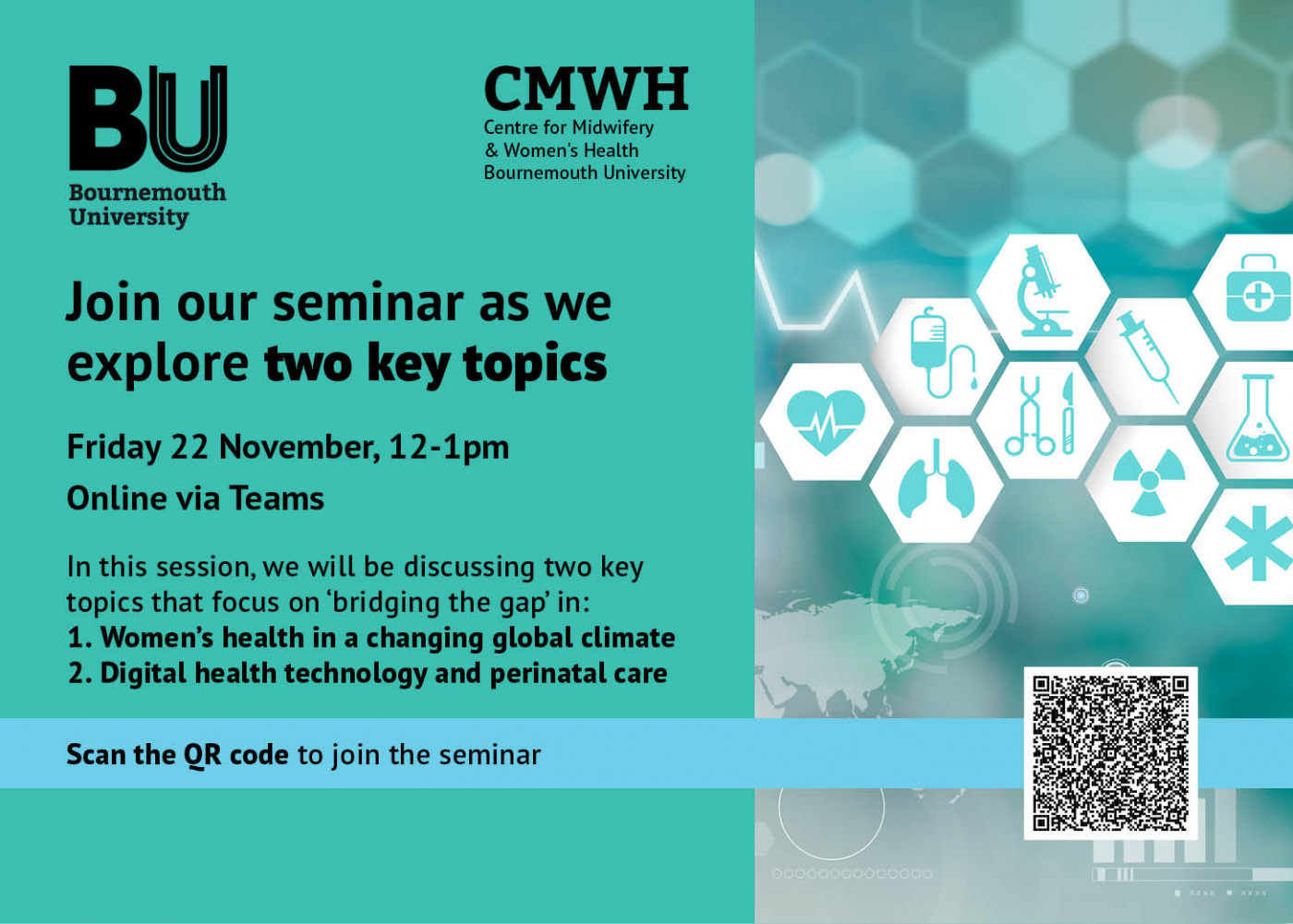

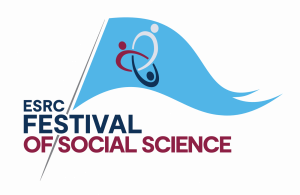
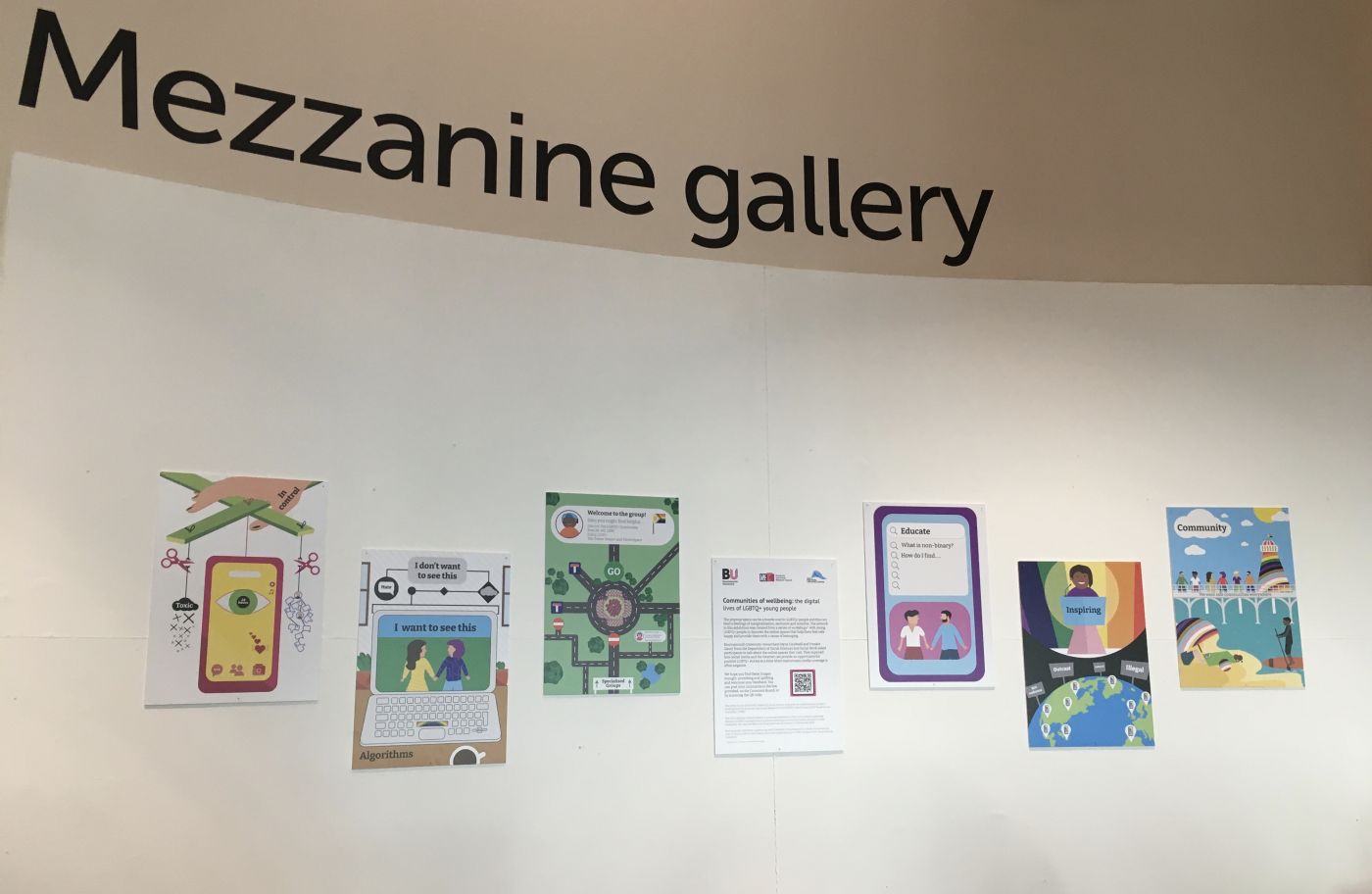











 New Nepal scoping review on maternal & neonatal health
New Nepal scoping review on maternal & neonatal health Fourth INRC Symposium: From Clinical Applications to Neuro-Inspired Computation
Fourth INRC Symposium: From Clinical Applications to Neuro-Inspired Computation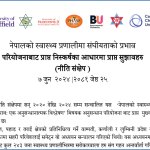 Writing policy briefs
Writing policy briefs Upholding Excellence: The Concordat to Support Research Integrity
Upholding Excellence: The Concordat to Support Research Integrity ECR Funding Open Call: Research Culture & Community Grant – Application Deadline Friday 12 December
ECR Funding Open Call: Research Culture & Community Grant – Application Deadline Friday 12 December MSCA Postdoctoral Fellowships 2025 Call
MSCA Postdoctoral Fellowships 2025 Call ERC Advanced Grant 2025 Webinar
ERC Advanced Grant 2025 Webinar Horizon Europe Work Programme 2025 Published
Horizon Europe Work Programme 2025 Published Horizon Europe 2025 Work Programme pre-Published
Horizon Europe 2025 Work Programme pre-Published Update on UKRO services
Update on UKRO services European research project exploring use of ‘virtual twins’ to better manage metabolic associated fatty liver disease
European research project exploring use of ‘virtual twins’ to better manage metabolic associated fatty liver disease